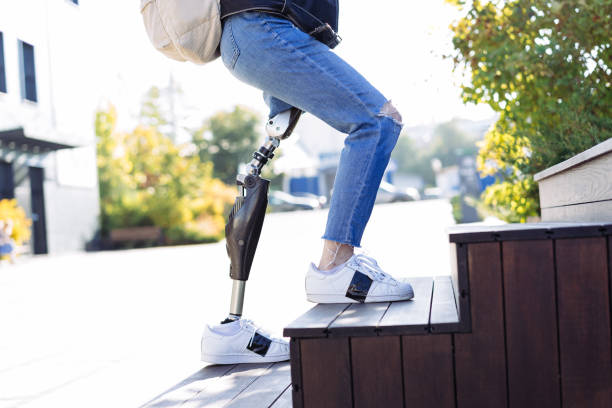
Robotics was first introduced into orthopaedic surgery in the 1980s in order to improve the accuracy in the process of implantation, alignment and to reduce the risks compared to the manual conventional methods. It is a process that combines human surgical expertise with robotic arm technology to remove damaged bone and cartilage. The aim of this surgery, with the help of robotic planning, is to have balanced and personalised knee joints. In this surgery, a surgeon uses a robotic arm that is developed in a well-planned way of using 3D CT scans to make cuts and position implants. The data regarding the shape of the knee and tension ligaments is provided to the robotic program through the real-time assessment, and then the surgeon's implant positioning is adjusted to yield a well-balanced knee.
There are some risks associated with robotic knee surgery, and it's essential to understand these risks to make a correct decision. The risks associated with this are discussed in detail below.
The one mechanical concern that can be raised during the surgery involves whether the robotic arm or cameras can stop working correctly, which can result in poor knee implant alignment. These types of mechanical failure can require further surgery.
The surgeons required specialised training for using robotic systems, and in the early phase of learning, the surgeons can take extra time to complete surgeries. If they did not get training on learning these procedures, severe complications can be faced.
During the surgery, there is a chance that the robot can experience technical problems that can interrupt the whole surgery. Then a surgeon has to switch towards the traditional methods that show that robotics technology is not reliable.
The robotic knee surgeries do not have the long-term data for comparing their effectiveness with traditional methods. That's why concerns regarding the potential issues that can be faced after years of undergoing surgery are raised.
Not all patients can get their treatment, because not everyone is suitable. The different factors, like body type of patients, previous surgeries, and anatomy, have a strong impact on the way that the procedure can work, which is why the patients are selected mindfully for this treatment after considering all factors.
The procedures with robotic knee surgeries take a longer time than traditional joint replacement surgeries, and this is why the theoretical risk of infection is higher in these surgeries. The pins that are used for robotic surgery increase the chances of pin site infections.
The cost of the robotic knee replacement surgery varies depending on the system that is used, the location, and the hospital. It requires a high procedure cost because of specialised training, advanced technologies, and robotic technologies are expensive to maintain.
The robotic knee replacement surgery is mostly not available because of the limited opportunities for training and the surgeon’s learning curve. The robotics technology is advanced, so the revision rate of robotic knee replacements is limited compared to the traditional methods.
The robotic knee surgery provides a 3D imaging of the knee joints and sensory guidance that gives the surgeons clues to plan a procedure with detail on alignments and extended implant life. While the traditional knee surgery relied on the standard surgical instruments and the measurements that were made during the operation.
The robotic knee surgeries will only be the right choice when surgeons are familiar with them. These are effective, and even the most skilled surgeon cannot match the level of well-calibrated robotic hands. It is essential to have an in-depth discussion with an orthopaedic about all the health care conditions to get personalised advice on whether the knee robotic surgery is the right option for a person or not. The robotics surgeries are more successful than traditional surgeries, but there are some risks associated with them. If the risks are managed well, then these surgeries can be successful. It must be taken care that the robotic system is always based on the evidence.

This post has been authored and published by one of our premium contributors, who are experts in their fields. They bring high-quality, well-researched content that adds significant value to our platform.


